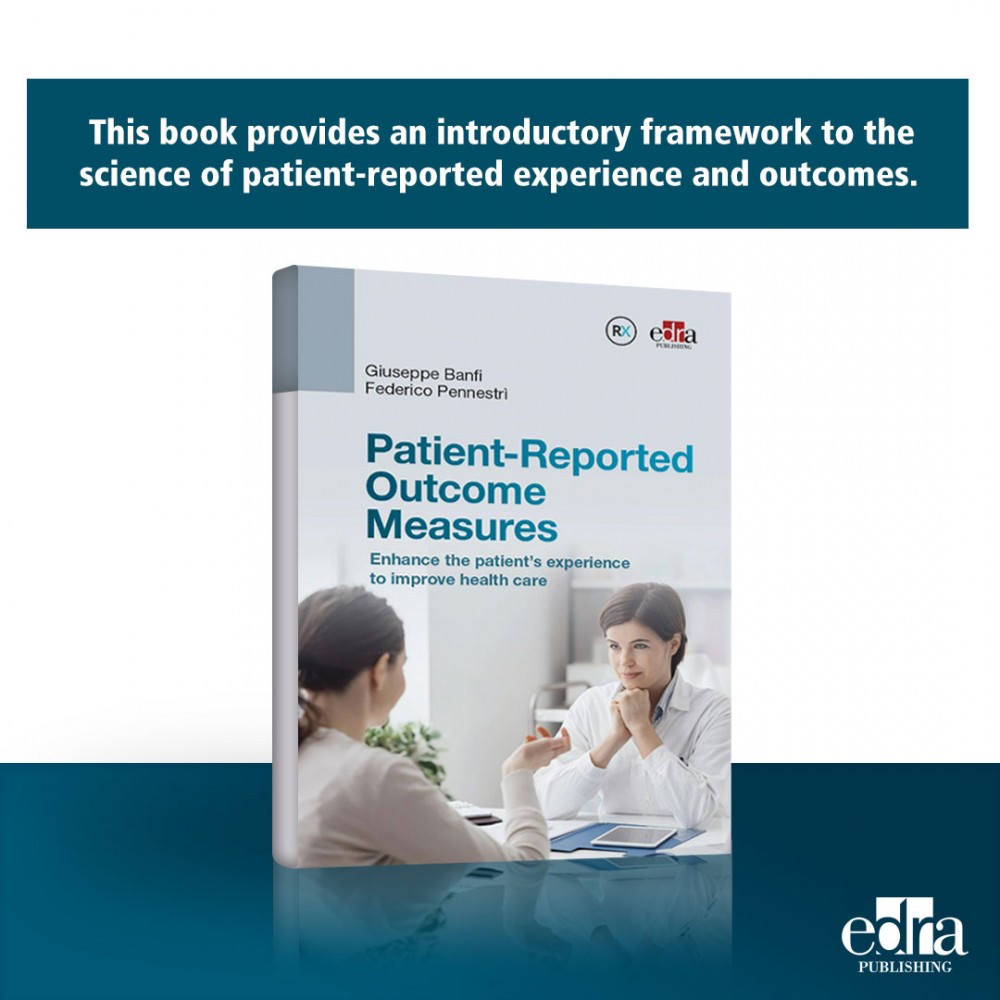




Growing investments in healthcare do not necessarily produce corresponding improvements in the perceived health of their recipients, whether individual patients or society as a whole.
Sometimes, even the opposite is true: growing investments in healthcare lead to lower benefits perceived by patients. How to quantify the health regained by patients? How to measure what for does it really matter to them when physical health is not fully recoverable? How to help physicians and administrators identify the correct objectives and improvements? What scientific instruments can estimate the prospect of patients and society in the allocation of limited resources? The development of the PatientReported Outcome Measurements (PROMs) helps answer many of these challenges, offering a standardized tool to quantify and qualify the effectiveness of health interventions from the point of view of the person concerned: the patient. This book provides an introductory framework to the science of patient-reported experience and outcomes, illustrating the need for them from a scientific, clinical, historical, and cultural point of view, their main applications in terms of healthcare and allocation decisions, and some significant national and international studies. Their limitations and opportunities for development are also discussed. The aim is to raise the awareness of practitioners, patients, and students of their use in day-to-day practice, thereby contributing today to the development of the medicine of tomorrow.
Authors
Giuseppe Banfi MD, Full Professor of Clinical Biochemistry and Clinical Molecular Biology at Università Vita e Salute San Raffaele of Milan, Scientific Director of I.R.C.C.S. Galeazzi, Milano (Italy)
Federico Pennestrì PhD, I.R.C.C.S. Galeazzi, Milano (Italy)
Data sheet
Specific References